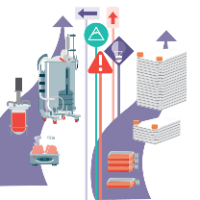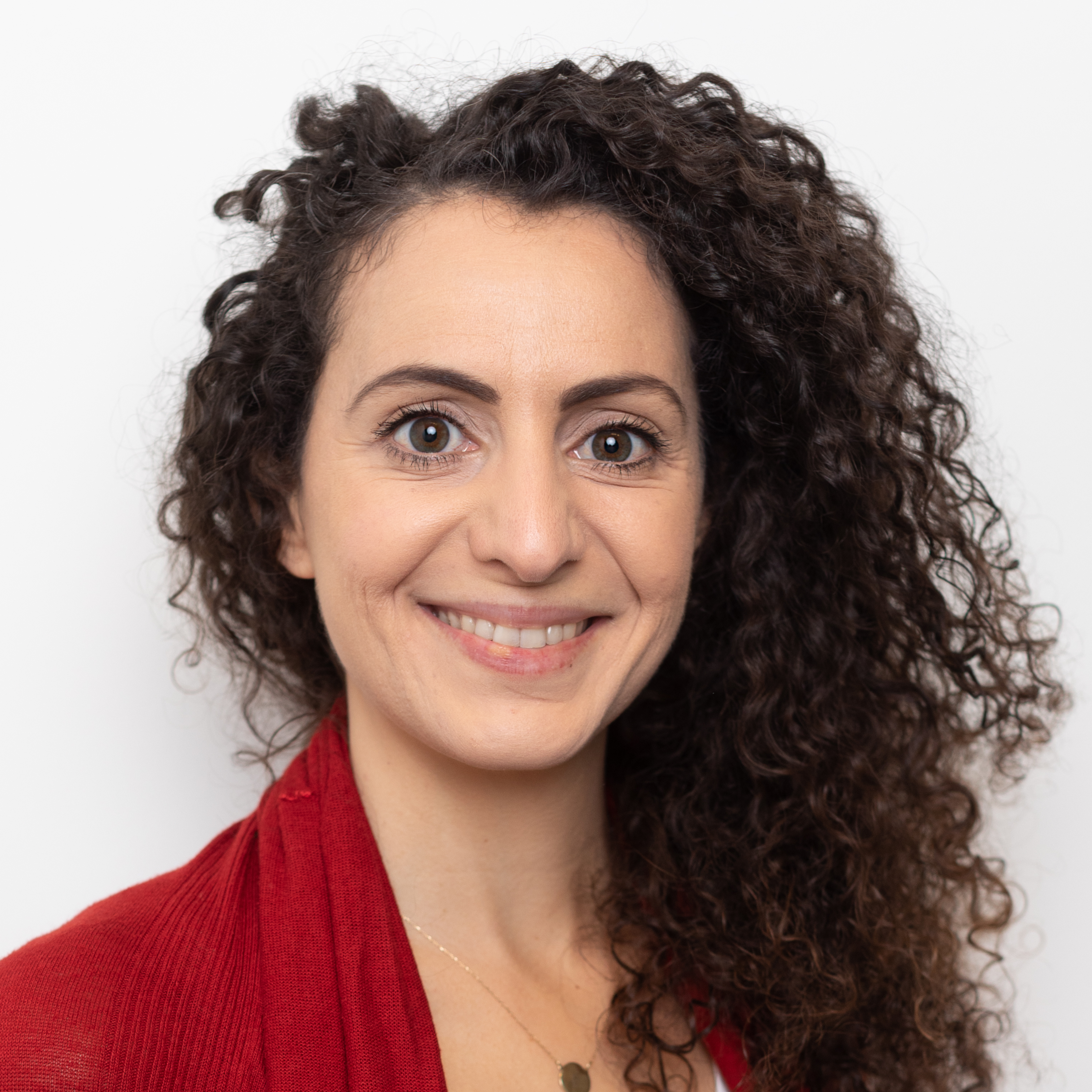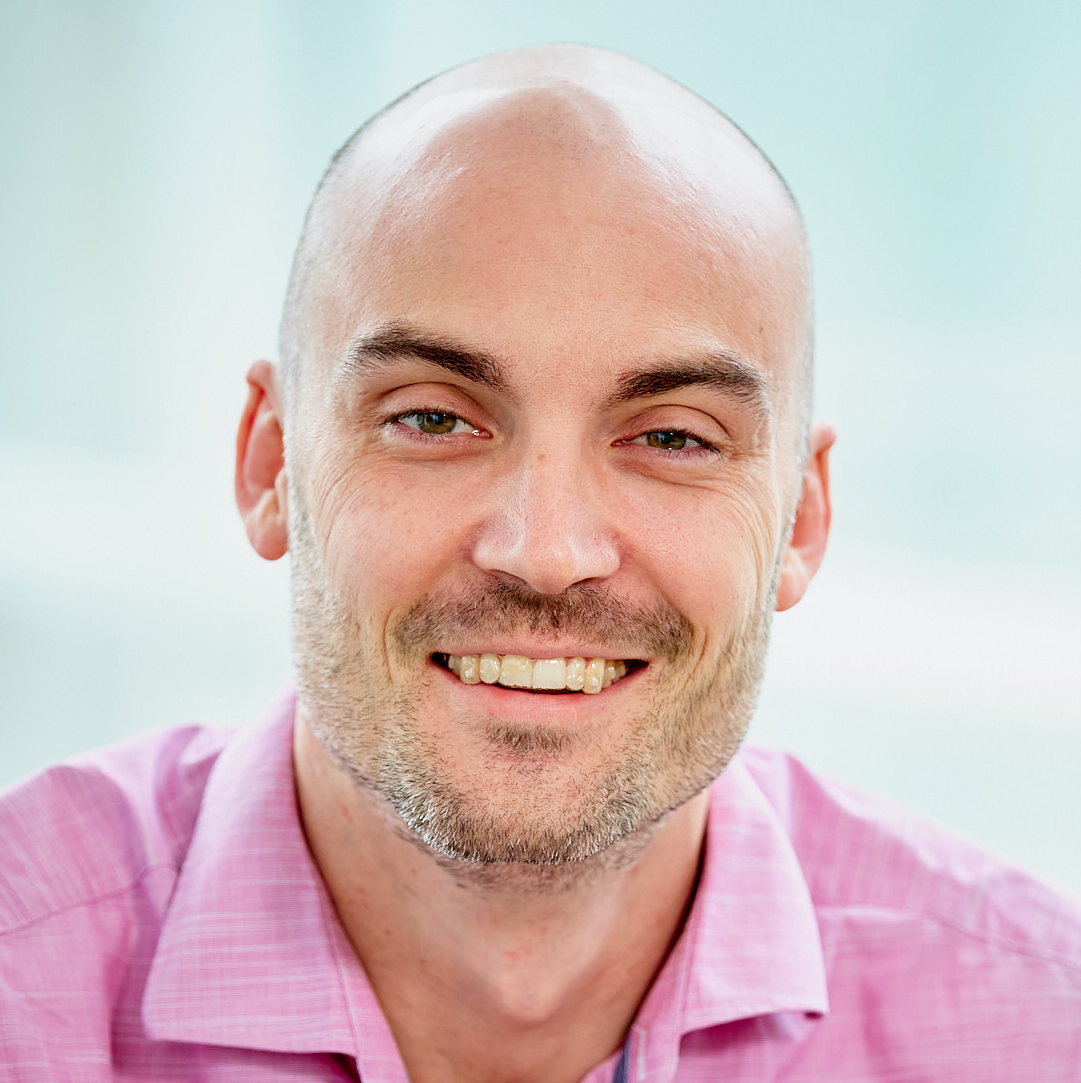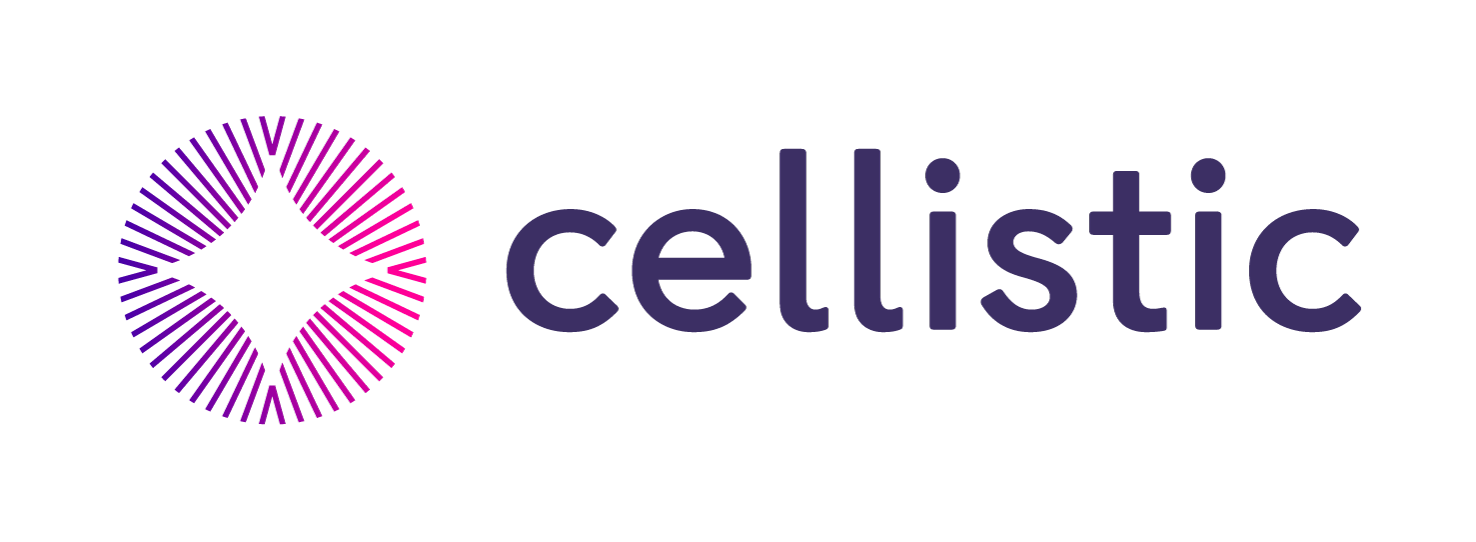Making the switch from autologous to allogeneic cell therapy
Cell & Gene Therapy Insights 2022; 8(8), 935–943
DOI: 10.18609/cgti.2022.139
If you enjoyed this episode, you can listen to all episodes from The BioInsights Podcast wherever you normally get your podcasts.
Follow the Podcast to make sure you don't miss the next episode.
Could both tell me a bit about your backgrounds, and the current work you do?
EM: My story starts with a PhD in stem cell biology back in 2006, when induced pluripotent stem cells (iPSCs) were first discovered. I focused on investigating the mechanisms of iPSC programming, which was really exciting at the time.
I continued with two post-doctoral fellowships, one at the University of Nottingham, and another at Stanford university in California. It was really nice spending some time in Silicon Valley, studying iPSC-based disease modeling.
After this, I transitioned to industry for a couple of years in South San Francisco, and then to Director of Drug Discovery Services at Ncardia. This journey was a very interesting one, and over 15 years I gained a lot of experience in iPSC programming, genome editing, assay development, and importantly differentiation of iPSCs to different lineages, such as heart cells, neurons, and immune cells. This prepared me for my current position at Cellistic where I lead strategic and scientific projects as Vice President of Cell Technologies.
AH: I have a bit of a different journey, and certainly less robust experience in the deep science that Elena brings to the table. My background has been on the commercial side of biotechnology for the last 15 years. I had a little scientific training – but especially in a place like Ncardia/Cellistic it is a teeny tiny bit of training!
I jumped over into cell culture formulation and media formulation work for a few years, then started working in services, which is something I really enjoy. I worked for a number of contract research and contract testing organizations. I was then lucky enough – and I can’t claim anything other than luck was involved – to participate in some of the earlier projects in gene and cell therapy coming out of academia in the southeast United States where I am based.
From there I was exposed to how these things are made, and trying to figure out how to bring them into the clinic as novel therapeutics and novel modalities. I got associated with a couple of the larger CDMOs doing this work, and then most recently spent five years with a small gene therapy developer, AskBio, that was recently acquired by Bayer. As part of that acquisition we got to bring a lot of neat therapies forward and also spin out a couple of manufacturing companies.
When I came to Ncardia/Cellistic it was an incredible opportunity to be associated with a technology that’s coming into its prime. I am very excited for the chance to be a part of this journey that so many people like Elena and others have worked for so long to bring forward.
What role do you predict iPSCs will play in the future of cell therapy?
AH: We are at a fascinating place for cell therapy right now. There is a common kind of vocabulary overlap – when we say cell therapy, we kind of mean immuno-oncology (I-O), but I think there are applications outside of that that iPSCs are especially powerful for. We have clear indications that the way these autologous cell therapies work is compelling and revolutionary.
However, there are severe limitations driven by autologous cell therapy as the choice for bringing these therapies forward, both in terms of access and in terms of manufacturing, that limit them reaching their full potential.
Obviously, I am biased, because I’m working for a company that has been fully devoted to iPSCs for a number of years. I strongly believe that iPSCs are the way forward to help these novel I-O drugs reach their full potential, reach the right number of people, and reach the right cost basis for everyone to have access.
My armchair quarterbacking here is that iPSCs will be the modality of choice to help allogeneic cell therapies truly come to the fore, dominate the space around I-O, and also get to some really interesting corners of the world where cell therapy can also reach. This could be tissue or organ regeneration; those next-generation applications of what you can do with a well-characterized, predictable source of human pluripotent cells.
EM: This is a great question, particularly for someone like me who has been in the iPSC field for over 15 years. To talk about the future of iPSCs in cell therapy is great, because this is something that we couldn’t have imagined would be a reality not so long ago.
We’ve gone from using iPSCs in drug safety studies, in disease modeling, and understanding disease mechanisms and using them in drug discovery, to actually using them as a therapeutic.
This is now a very exciting reality. Immunotherapy and allogeneic iPSC-based cell therapy will quickly become dominant because of the benefits that they offer. For me, the future is in the application of iPSCs in the second branch of cell therapy, which is regenerative medicine. Being able to use these cells to create multi-cell-type artificial tissues for transplantation is where I see the future.
Can you expand on what you see as the key benefits of autologous versus allogeneic cell therapies?
EM: One of the big benefits is the time that it takes to create a therapy for a patient. In the case of autologous cell therapies, it takes at least six months to generate a treatment for a specific patient. You have to isolate their cells in the hospital, bring them to the lab, expand them, modify them, and then put them back in the patient. This process is lengthy, and for patients that are suffering with severe disease it may be too long. Offering the option of an allogeneic cell therapy that is ready to use off the shelf at any time is a real benefit.
The other benefit is related to cost. Creating autologous cell therapies for every patient is very expensive – it can cost over half a million or even a million dollars per patient. Many families can’t afford this. Having one production that can benefit multiple patients can reduce costs and therefore bring the therapies to more patients that need them.
Beyond the benefits to the patients, there are also benefits in terms of the manufacturing processes. If you are generating an allogeneic product that is the same for multiple patients, the process becomes more standardized, more predictable, and has a higher success rate. This also contributes to reduced cost.
Lastly, if you are interested in using a patient’s own cells for their treatment, and the patient is carrying a mutation, the cells that you generate and want to transplant back into the patient for therapy will carry the same mutation. This may limit the function of the transplanted cells. With allogeneic cell therapies you can choose the donor to have healthy characteristics, and therefore have a better therapeutic outcome.
AH: From a scientific perspective Elena has definitely covered more things than I ever could. From the practical perspective of a patient, or someone running a manufacturing facility, there are also some exciting upsides to being able to move to allogeneic.
We have a suite of novel therapeutics with truly transformative results on the back of a cell therapy modality: autologous cell therapy. A few years ago, many liquid tumor cancers were incredibly challenging to treat in a meaningful way. All of a sudden, there are options that deliver 90+% complete response rates.
They rocketed through to approval, because they could save lives. It took decades of hard research to understand the human immune system in a deeper way, and to leverage the gene modification techniques needed to reach a therapeutic that is just incredible.
Where allogeneic can offer huge advantages is to allow a deeper understanding and a more complete answer to more patients than autologous can offer. There’s that time sensitivity that Elena alluded to – these patients are dying. That is the reality. Being able to administer a meaningful therapeutic sooner, being able to allow them to continue on standard of care while that therapeutic is prepared, and also being given the luxury of time to fully characterize and fully release these large batches of cells that don’t have the variability that autologous therapeutics do, helps to de-risk an exciting and dynamic therapy even further.
From the patient perspective that is exciting. From the manufacturing perspective, as someone who has spent a lot of time thinking about manufacturing strategy and those sorts of things, we can move the manufacture of these cell therapies into a much more traditional biomanufacturing workflow. That allows for many more doses and a much cheaper footprint and operational envelope to work within.
It also eases up the regulatory burden a little bit, because we have plenty of time and plenty of resource to answer questions the regulators may pose to us.
What do you see as the biggest obstacles to successful iPSC-based allogeneic cell therapy development – and how can they be addressed?
EM: Nothing comes without downsides, does it? For allogenic iPSC-based cell therapies, the main obstacle – and I think what the regulatory authorities are most concerned about – is safety. For iPSC-based products the safety concern is primarily their karyotype stability. As the cells are cultured in an artificial environment, they have sensitivity to gaining karyotype abnormalities that give them an advantage for growth in cell culture. The programming and genome editing are processes that these cells are sensitive to, and if they are stressed during these processes, they give themselves a survival advantage by gaining karyotype abnormalities.
This can be overcome by thorough genotypic screening, and there are very good technologies to achieve this. There is the traditional G-banding, and also slip karyotype analysis. A thorough characterization of master cell banks and final products can help overcome this obstacle quite easily.
The second concern is the potential for carcinogenicity. Since these cells have the ability to differentiate into any cell type in the body, they could also differentiate randomly if they are not in the right environment, leading to tumors. This is a small risk in our view, and there would need to be a large population of residual stem cells in the end product to have an increased risk for carcinogenicity. Again, assessment and selection against the non-desired cells in the final product can easily help overcome this obstacle as well.
Then there is the obstacle of histocompatibility. Because you are transplanting cells into a patient that are not their own cells, you need to make sure that the HLA molecules are compatible. Otherwise this can lead to the host cells killing the implanted cells before they have had a chance to have a therapeutic effect. Alternatively, the graft itself can kill unwanted host cells. Typically with technologies such as genome editing or creating HLA homozygous donor banks this can also be overcome.
Another obstacle is the manufacturability, and this is something that we focus on a lot, considering our expertise. Because iPSC-based allogeneic cell therapies are fairly new, there is a lack of equipment, media, matrices and so on, in order to achieve GMP-compliant scaled manufacturing.
This is something that we work on continuously. It is important to start this type of thinking early and communicate with developers of devices and media in order to establish suitable processes, and together as a community help overcome these manufacturability obstacles so that we can bring treatments to the patients that need them.
AH: I don’t have too much to add to Elena’s answers here; that was as good an analysis as you could hear of the challenges. From a bit more of a layperson’s perspective, a big challenge is just how new all of these issues are. In terms of allogeneic cell therapy clinical trials we are still in very early days. Both the developers and the regulators are figuring out together what is important, what the key risks are, and what can be characterized.
I am grateful that we are in a situation where there has been a flood of novel therapeutics coming forward over the last 10–15 years. This means there is a framework to work with the regulators in a really productive way on how to accomplish overcoming those challenges, and how to bring these things forward into patients.
One of the lessons that we’ve all learned is that all the research and development in the world doesn’t have as much impact as reaching the clinic and reaching patients when it comes to understanding these complex and novel therapeutics. Seeing these living therapeutics in a human is the best way to really know what’s going on. That comes with some risk, but this current state we are in is really conducive to bringing these forward. Fifteen years ago there were a lot more challenges in both educating the regulators, as well as collaborating with them on bringing these things forward and helping people.
What are the most important considerations for developing a successful cell therapy manufacturing process?
EM: The most important consideration is to know what the end goal is; what the target product is. That means defining the quality target product profile (QTPP). Understanding the qualities that you want to achieve from the beginning is the first step to having a successful manufacturing process.
Another consideration is to then build a process that is robust and reproducible. That means having a process that supports the same outcome for every batch of the product that is manufactured. It is not enough to do it once or twice; you need good reproducibility and you need to understand how a small change in one of the parameters of the process affects the end product. Having this complete understanding of the manufacturing process is very important.
The last consideration I will outline is traceability. This is what will help you get through audits and through IND filing. Nowadays this can be achieved with digitalization of the processes in order to achieve the traceability level that is needed for clinical use of the product.
AH: When I think about how to bring allogeneic cell therapy development forward, I focus more on the corporate strategy and the practical elements of how you want to deploy your capital early on. You can either design and build a facility on your own, or partner with a contract manufacturer.
Those are key decisions, and it comes down to a lot of the same questions Elena outlined. Do you view having a manufacturing asset and building up that team as really important? Do you have a robust manufacturing process already built? Are you ready for “prime time” with what you have, and you want to build infrastructure around that? Or do you need to partner because you have the immuno-oncology and cell biology expertise, but lack the quality, regulatory, manufacturing and scale up expertise that you need to reach your clinical trial?
If you are a therapeutic developer some of those fundamental questions have to be asked just as seriously, and at the same time, as you are considering your product profile. Otherwise you are going to be excited to start and then have nowhere to go, so to speak.
That then leads to a whole set of cascading questions about how you assess a partner, how you manage your budget, and all those sorts of factors, in order to be able to reach your end goal on time.
What is your key advice for making the change from autologous to allogeneic cell therapy development a practical reality?
AH: You need to consider what the end goal is from the start. Allogeneic cell therapy comes with some novel adventures. If you are developing an allogenic cell therapy right now, you are still an early adopter. The long-term benefits of a better cost basis for your therapeutic, hopefully easier broad reach to a number of patients, and better predictability and scalability, come with some short-term obstacles that Elena alluded to. We are all figuring them out together.
Obviously, we are pretty biased, and we would be excited about anybody thinking about that switch because we think that’s the way the world is going, should go, will go – whatever set of verbs you want to use, we’re in on it.
The key piece is knowing that you are going to get to break some new ground, and whoever you are working with is going to break some new ground with you, for a medium and long-term scenario that is really compelling and exciting. It will be a bit more of an adventure in the next 6–18 months, as opposed to an autologous development process. But there is an exciting set of benefits waiting for anybody developing an allogeneic therapy, and really for all of us, if you are thinking about moving in that direction.
EM: We have talked about the challenges of the process, and my key advice based on this would be to put the best team together, who can help expedite the product development process, and catch any common pitfalls. This could mean either building the team in-house or outsourcing it to an experienced partner. Either way, you want the best team to come together for the best outcome.
I would also advise retaining a focus on what the purpose of this is, which is to bring the best treatment to the most patients that need it. Doing this in an affordable way this could mean choosing allogeneic cell therapy.
Affiliations
Elena Matsa
VP of Cell Technology,
CellisticTM
Andy Holt
Chief Commercial Officer,
CellisticTM
About Cellistic
Launched in April 2022, CellisticTM specializes in process development and manufacture of cell therapies based on human induced pluripotent stem cell (iPSC) technology. Its focus and expertise in iPSC reprogramming, differentiation, and expansion protocol development positions the business to be the partner of choice for innovative cell therapy developers to commercialize novel advanced therapies. Leveraging more than a decade of Ncardia’s scientific and technical knowledge and experience, CellisticTM possesses unique capabilities for the design and optimization of proprietary manufacturing platforms for iPSC-based cells that deliver quality products at scale. For more information, visit www.cellistic.com.
Authorship & Conflict of Interest
Contributions: All named authors take responsibility for the integrity of the work as a whole, and have given their approval for this version to be published.
Acknowledgements: None.
Disclosure and potential conflicts of interest: Andy Holt and Elena Matsa hold leadership roles in Ncardia and have had expenses for travel and conferences paid by their employer, Ncardia. Elena Matsa participates as PhD Candidate supervisor in ITN ISNPIRE (#858070) and PersonalizeAF (#860974) multidisciplinary Marie Skłodowska-Curie Action grants, awarded to employer (Ncardia). She also lectures on ‘Cell Therapy’ at University College Cork (UCC); and has patents pending on HSC and T-cell differentiation from iPSCs.
Funding declaration: The authors received no financial support for the research, authorship and/or publication of this article.
Article & copyright information
Copyright: Published by Cell and Gene Therapy Insights under Creative Commons License Deed CC BY NC ND 4.0 which allows anyone to copy, distribute, and transmit the article provided it is properly attributed in the manner specified below. No commercial use without permission.
Attribution: Copyright © 2022 Cellistic. Published by Cell and Gene Therapy Insights under Creative Commons License Deed CC BY NC ND 4.0.
Article source: This article is based on an interview with Elena Matsa and Andy Holt carried out on Aug 11 2022.
Interview held on: Aug 11 2022; Revised manuscript received: Aug 25 2022; Publication date: Sep 9 2022.



